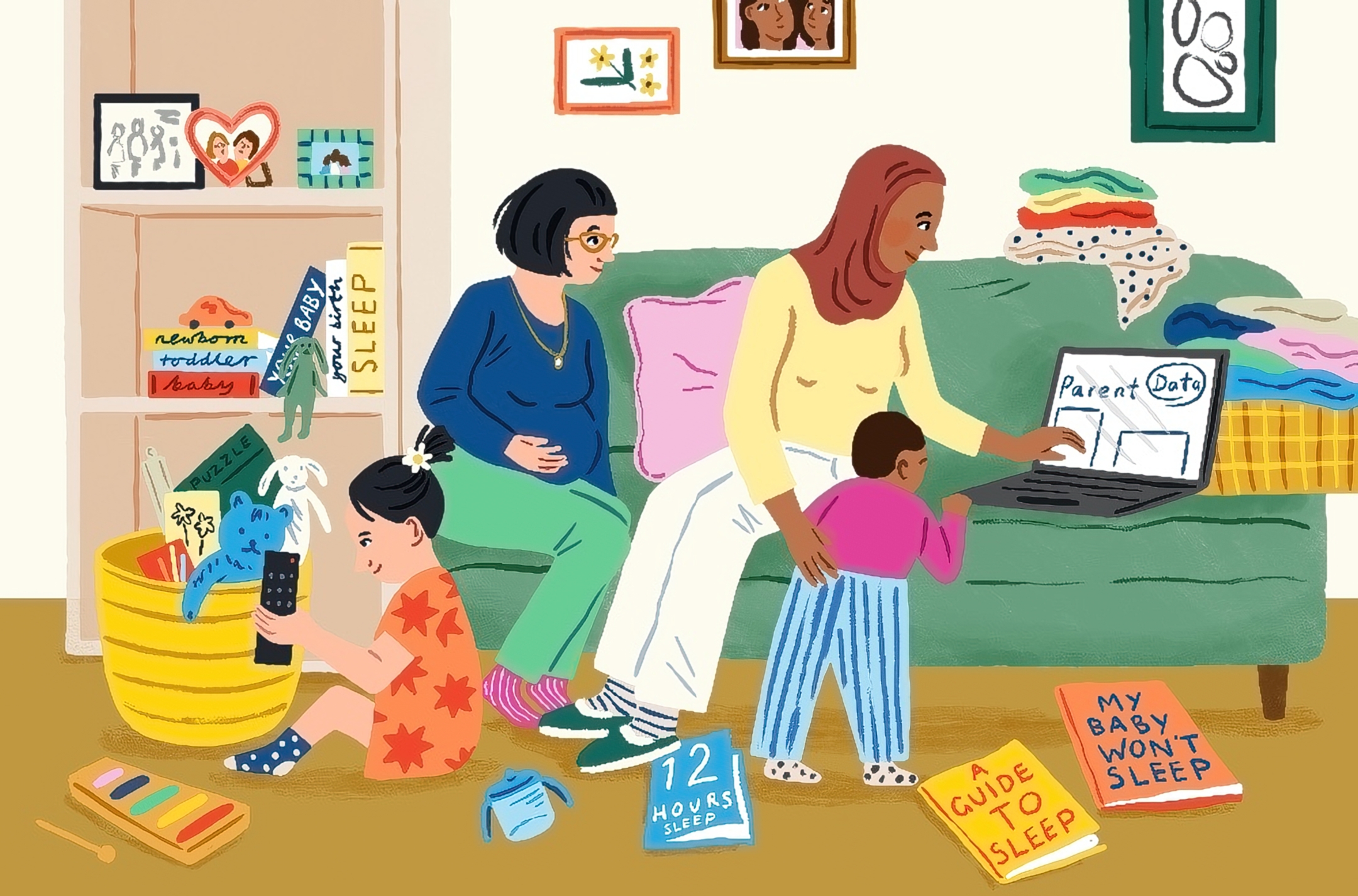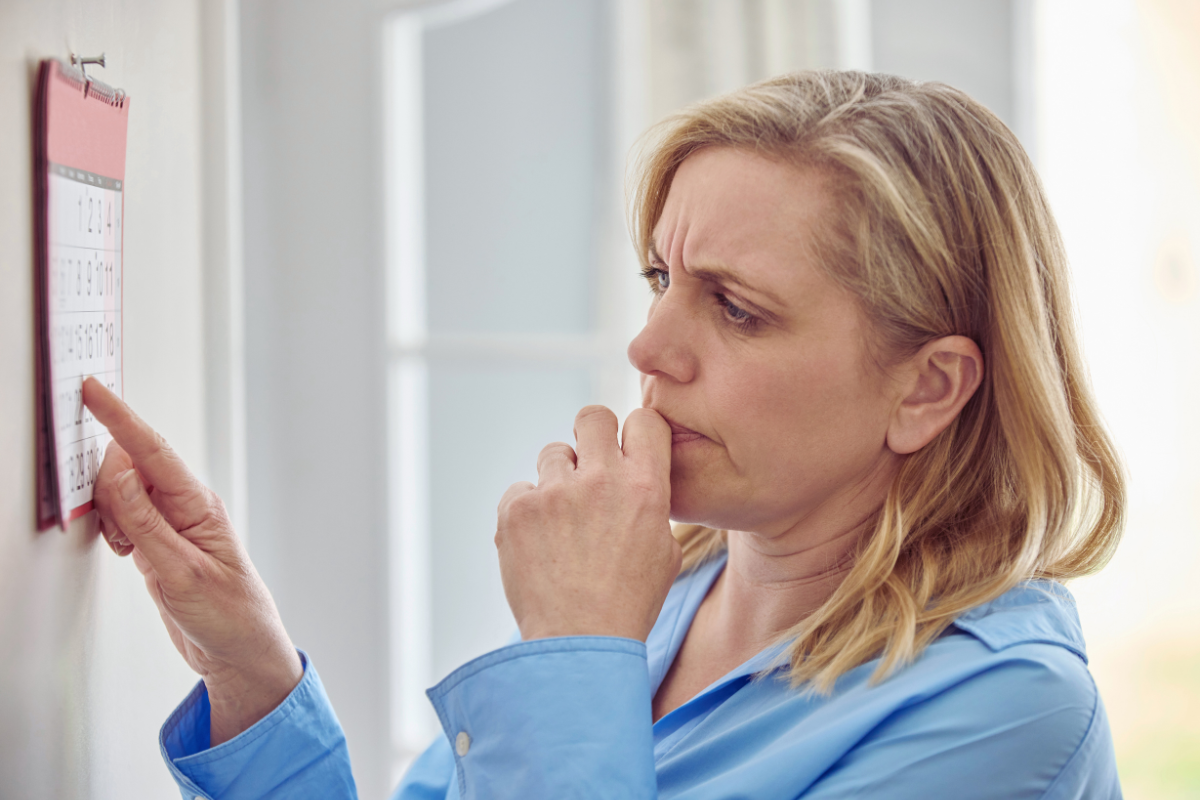In the past few months I have had a number of conversations with women, both patients and friends, who were considering quitting their jobs or retiring early because of their menopause symptoms. One of them, a teacher, reported sleeping poorly and struggling with early school starts, and feeling trapped in her classroom full of middle schoolers. She would be giving up her tenure and seniority; still, she was seriously considering it.
Another woman lamented that she had chosen her perimenopausal years to start a business. She recounted a meeting with clients where she struggled to find the right words to make her point. As she spoke, I recalled the many comments from Hot Flash readers who felt their perimenopausal symptoms were affecting their job performance.
If people in perimenopause feel like they can’t effectively perform in the workplace, or they even leave the workforce due to their symptoms, what effects does that have on them individually and on our society as a whole? I was mulling all this over when a paper exploring the idea of a “menopause penalty” crossed my desk.
What is the menopause penalty?
The authors of the new paper describe the menopause penalty as analogous to the motherhood penalty. It is well established that when women have children, they pay an economic price. A woman with children will earn less on average than a similar woman who does not have children. If there is a menopause penalty, that would mean that women with menopausal symptoms earn less on average than similar women who do not have those symptoms.
Not all women have children — the CDC reports that between 2015 and 2019, 84% of women ages 40 to 49 had had children — but all women who live long enough will experience menopause. If such a penalty exists, it has the potential to affect all women, not just those who choose to have children. But until now, there has not been much research into the idea.

In the new paper, the authors look to find out if a menopause penalty exists and, if so, which women are most at risk of suffering economically as a result. They also explore what policies or interventions might help to mitigate women’s financial losses, including educating women about menopause and its treatments and improving women’s access to menopause care.
Does the menopause penalty exist?
The authors use data from population databases in Norway and Sweden to understand the economic effects of menopause on women. Using health records, they were able to identify women who had sought medical care and received a menopause diagnosis between the ages of 45 and 55. They found that women with a menopause diagnosis had significantly more medical visits in the immediate time following their diagnosis. Those women with a diagnosis of menopause also filled significantly more prescriptions than women who had not been diagnosed with menopause. The increase in prescriptions is largely driven by new prescriptions for hormone therapy and antidepressants, both of which are used to treat menopausal symptoms.
The authors then compared the women’s earnings the year before they received a diagnosis of menopause with their earnings four years after diagnosis. They found that the women earned on average 10% less after being diagnosed with menopause. The decrease in earnings could be attributed either to working fewer hours or leaving the workforce altogether. While the paper doesn’t speculate about why women are choosing to work less, the implication is that their symptoms are interfering with their ability to work.
One might think that women of higher socioeconomic status would be more likely to work less or not at all — essentially retiring early. But the data suggests that women without a college degree take the brunt of the economic blow during menopause. Losses are also greater among women who work at larger companies that have more employees who are women over age 45.
What can be done to close the gap?
Given that some women fared better economically than others after being diagnosed with menopause, is there something we can do to close the gap? The authors used prescription records from Sweden and Norway, along with income records, to explore whether women who took hormone therapy fared differently from those who did not. They found that starting hormone therapy resulted in an immediate short-term bump in the women’s income. This suggests that women who access medical care and start treatment for their menopause symptoms may avoid the menopause penalty, likely because they are able to remain fully engaged in their work.
Let’s recap. Women experience a significant decline in their earnings at the time they are diagnosed with menopause. This income decline is disproportionately felt by women with less education. But taking hormone therapy leads to an increase in income that could effectively reduce or even erase the menopause penalty.
How do we get more women to use hormone therapy to relieve their symptoms?
Now we get to my favorite part of this paper. The authors use a natural experiment — an event that occurred allowing them to look at behavior before and after the event to see if there was a change. In October 2018, an informational series about menopause aired on Swedish television. The authors looked at women’s behaviors before and after the series aired. Specifically, they wanted to know if women were more likely to seek out information or to access menopause-related health care, including hormone therapy.
They found that there was a spike in the number of Google searches just after the series aired. There was also a significant increase in the number of visits women made to gynecologists after the show aired.
While these spikes in interest were short-lived, the baseline level of interest was still significantly higher after the series aired than it had been before. Again, women with a college education were more likely to seek care from a specialist following the series. This suggests that educating the public more broadly about menopause can encourage women to seek care for their symptoms and increase the use of hormone therapy to manage those symptoms.
Ultimately, I found this paper hopeful. Yes, it identified a problem we didn’t know existed: women earn less after being diagnosed with menopause. Women with less education bear the brunt of these economic losses. But now that we know the problem exists, we can address it, and we have some data on how to do just that. We can treat women’s menopausal symptoms with hormone therapy. Supporting ongoing efforts to educate more women about menopausal symptoms and the benefits of hormone therapy may not only improve their symptoms but also reduce the effects of the menopause penalty.
The bottom line
- Women experience a “menopause penalty,” a decline in their income when they are diagnosed by a doctor as having symptoms of menopause.
- Women without a college education are disproportionately affected by the menopause penalty compared to women with a college education.
- Taking hormone therapy results in an increase in income, effectively reducing or eliminating the menopause penalty.
- Educating women through media like a TV series leads to an increase in women both seeking care for their menopausal symptoms and starting hormone therapy, suggesting that such efforts are an important tool in reducing the economic losses women experience at menopause.















Log in
I find the discussion of the “menopause penalty” both compelling and necessary — it’s incredibly valuable to see more attention on the economic impacts of menopause, especially on women without a college degree. What struck me most was the finding that hormone therapy was associated with increased income, potentially offsetting this penalty.
At the same time, I wonder how we might hold space for the complexity of this topic. My understanding is that the research on HRT remains mixed — both in terms of benefits and risks — and that the decision to pursue it is highly individualized. I absolutely agree that better menopause care and access to information are critical, but I’m curious: is there a risk that we frame HRT as the clear or only solution, even when the evidence is still evolving? How can we empower women to seek care and advocate for themselves while still acknowledging the uncertainties and varied medical perspectives around hormone therapy?
I’d love to hear thoughts on how to strike that balance — because this conversation is so important.
This is so encouraging! I hope public education continues to improve. I’m 34 and trying to learn as much as possible now before I’m in the middle of it – hopefully 10+ years down the road. I share this newsletter with all my 30-40yo friends!